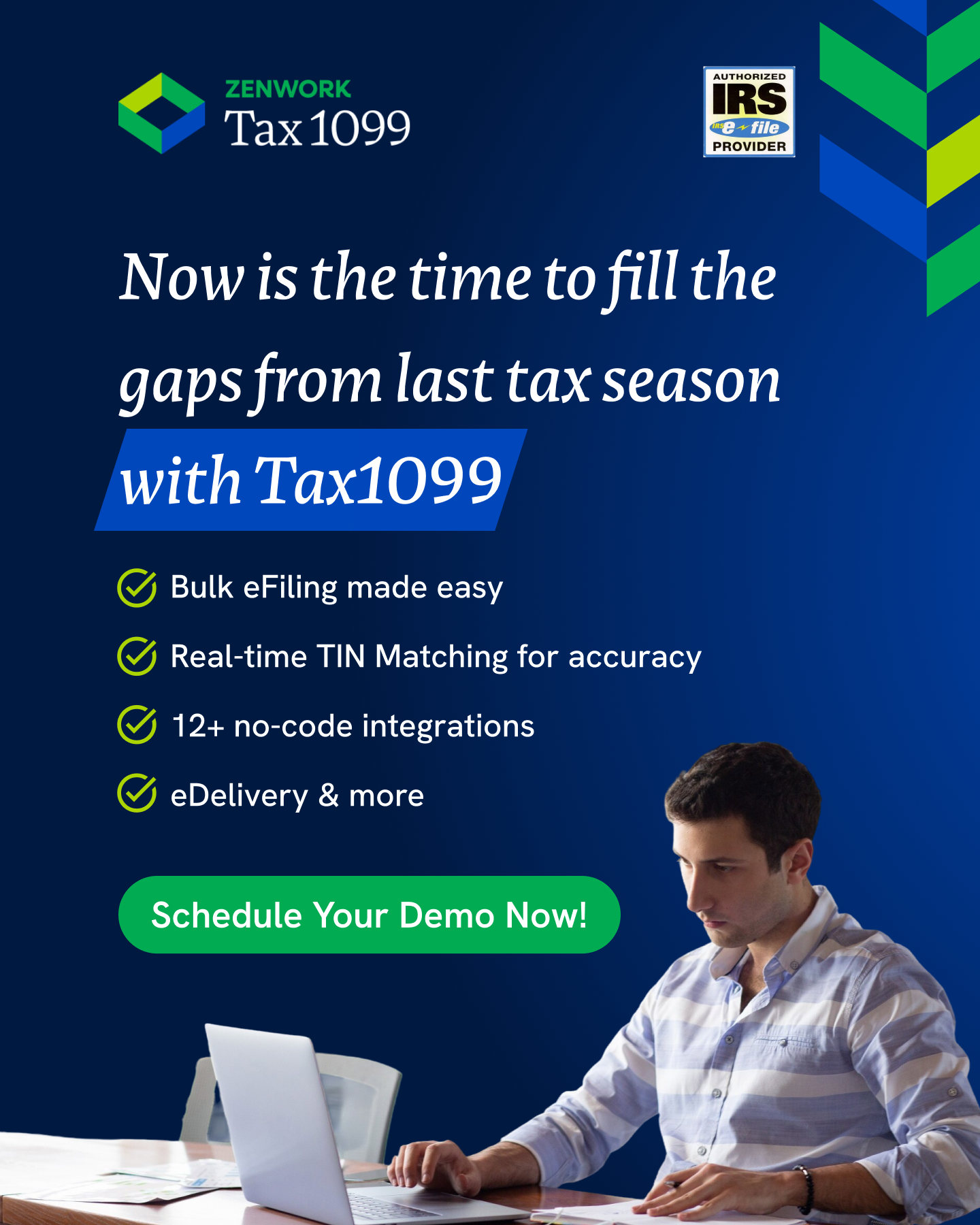Tax season is upon us, and for many organizations, that means grappling with the intricacies of Form 1099-NEC for non-employee compensation. If you’re an organization that engages independent contractors, freelancers, or any other type of non-employed worker, understanding Form 1099-NEC is crucial.
In this comprehensive guide, we’ll delve deep into the nuances of Form 1099, equipping you with the knowledge needed to navigate this process effortlessly.
Form 1099-NEC Essentials
Let’s kick things off by covering the basics. Form 1099-NEC is a vital document used to report income paid to individuals who are not classified as employees. These are typically self-employed individuals and are responsible for managing their own tax obligations. As the organization hiring them, it’s your responsibility to report the payments made to these non-employed workers to the Internal Revenue Service (IRS) using Form 1099.
1. Understanding Who Needs a Form?
First and foremost, it’s essential to grasp who qualifies for a Form at all. In a nutshell, if you have disbursed $600 or more to an individual or a business for services rendered during the tax year, you are obligated to furnish them with a 1099-NEC and if you have withheld any tax at all you are also likely required to provide a form to the recipient.
2. Collecting Accurate Information
Before you process 1099 forms, ensure you have gathered required information from the recipient. This encompasses their full legal name, current address, and their taxpayer identification number (TIN). The accuracy of this data is paramount to ensure the form reaches the right recipient and is correctly reported to the IRS. A minor oversight in this regard can lead to complications and penalties from the IRS, so meticulous record-keeping is your ally. Be certain to use automatic verification of information when available (Tax1099 and other services can do this for you).
3. Utilizing the Correct Form
1099 forms come in several flavors, each catering to specific types of income. It’s imperative to select the appropriate form that aligns with the nature of the income you are reporting. In our current example for nonemployee compensation, you could issue either 1099-NEC or 1099-MISC depending on the type of compensation. For example, Form 1099-MISC is commonly employed for reporting royalty payments or commissions while 1099-NEC is frequently used to report payment for services. Consulting with tax professionals or using IRS guidelines can be incredibly helpful in making the right choice.
4. Meeting Filing Deadlines
To evade penalties and smoothly navigate the tax season, it’s crucial to adhere to the filing deadlines for Form 1099. Typically, you should send the form to recipients by January 31st and file it with the IRS by February 28th (for paper filing) or March 31st (for electronic filing).
5. Paying Attention to State Requirements
Apart from federal regulations, individual states may impose additional reporting obligations. Familiarize yourself with each recipients state specific requirements to ensure full compliance. Ignoring these state-level obligations can lead to fines and penalties down the road.
6. Ensuring Proper Classification
One common pitfall is misclassifying workers as independent contractors when they should rightfully be classified as employees. This misstep can have substantial implications for both your organization and the worker. It’s worth investing time in correctly classifying workers, as it can save you from potential issues in the future.
7. Maintaining Detailed Records
Maintaining meticulous records of payments made and Form issued is more than just good practice; it’s essential. These records not only streamline the tax season but also serve as invaluable evidence in case of any discrepancies or audits. Think of it as your insurance policy against tax-related headaches.
8. Embracing Electronic Filing
Starting with the 2023 tax year, the IRS requires that any business that is issuing 10 or more 1099 forms must file those directly at the IRS electronically making it a simple choice for organizations of all sizes. And one of the best platforms for eFiling is Tax1099 which offers robust security, 2-factor authentication, and notice management.
9. Double-Checking for Accuracy
Before submitting Forms, take a moment to double-check all the information provided. Verify the accuracy and completeness of details, including names, addresses, TINs, and the amounts reported. Attention to detail now can prevent complications later.
10. Seeking Professional Guidance
If the process feels overwhelming or if you have specific questions about Form 1099, don’t hesitate to seek professional guidance from tax advisors in the market. These experts can offer tailored advice to address your unique situation, ensuring compliance and peace of mind.
Conclusion
Navigating the intricate terrain of Form 1099 for non-employed individuals may seem daunting, but armed with the right knowledge and preparation, you can successfully fulfill your reporting obligations. Remember, understanding Form 1099 isn’t solely about compliance with tax regulations; it’s also a way to improve your relationship with your non-employed workers and other form recipients. By providing accurate and timely information, you contribute to a seamless tax filing process for both your organization and your non-employed workforce.
We hope this comprehensive guide has shed light on everything organizations need to know about Form 1099 for non-employed individuals. If you have further questions or require additional guidance, don’t hesitate to reach out to us today!



